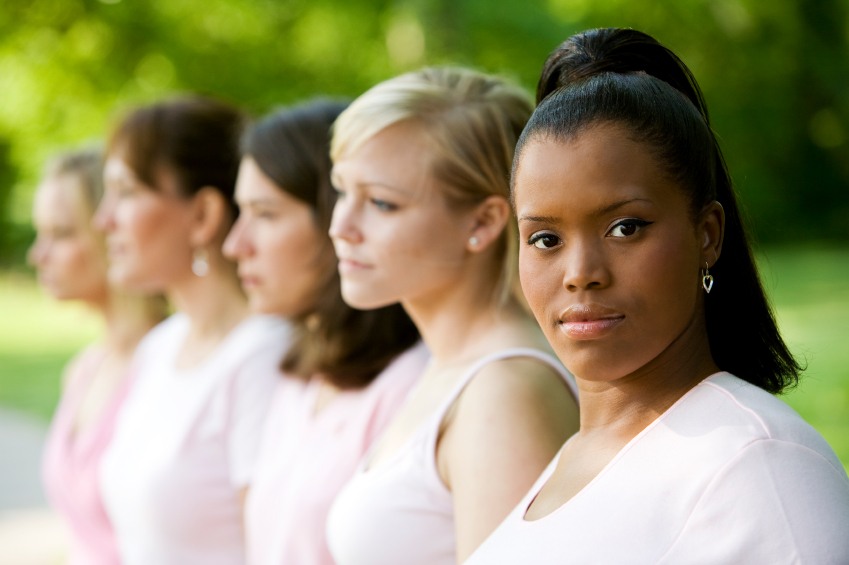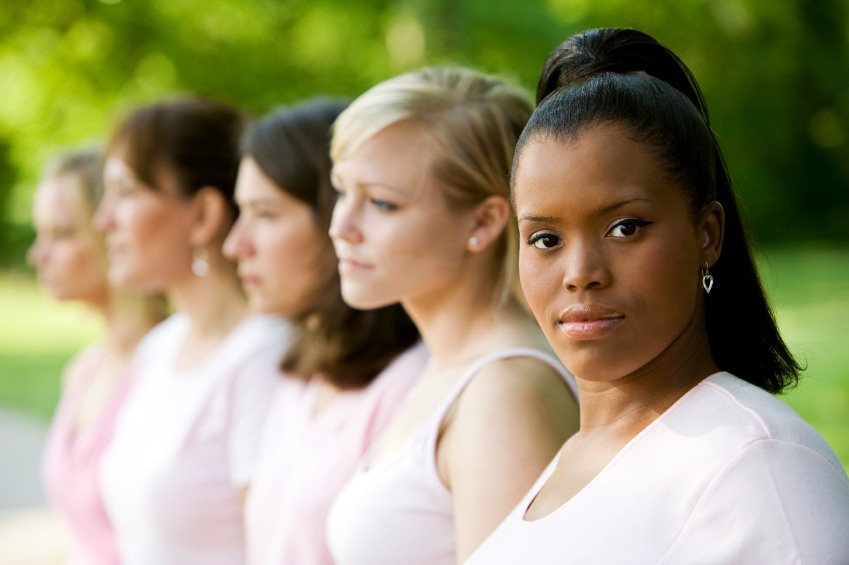Send your question to Umbra!
Q. Dear Umbra,
I wouldn’t call myself an environmentalist, but recently I’ve become aware of something that may be linked to the environment and it concerns me greatly: breast cancer. October was breast cancer awareness month, and there’s a lot I still am not aware of. To put it bluntly, I feel like a boob. Can you please share how breast cancer is connected to environmental factors? I want to be aware to help protect the ladies in my life.
Eugene
Boston, MA
 Here’s to the health of our mothers, sisters, wives, daughters, and breast friends!A. Dearest Eugene,
Here’s to the health of our mothers, sisters, wives, daughters, and breast friends!A. Dearest Eugene,
I’m no oncologist, but having an awareness of breast cancer and working to prevent its causes are something that ought to extend well beyond the month of October. It’s November, so you’re already doing something important to help “the ladies,” Eugene.
In researching my response to your letter, I learned from the Silent Spring Institute — which investigates the links between breast cancer and the environment — that breast cancer is the leading cause of death for women in the United States in the middle of life. It is the most common form of cancer among women in the world. One in eight women will get breast cancer during her lifetime. Wow, sorry to be such a Debbie Downer, Eugene. Cancer isn’t funny. But this song about it kind of is.
In a very serious report issued in May 2010, the President’s Cancer Panel appointed by George W. Bush linked many cancers to environmental exposure. The panel urged the president “to use the power of [his] office to remove the carcinogens and other toxins from our food, water, and air that needlessly increase health care costs, cripple our nation’s productivity, and devastate American lives.”
Many of the chemicals we’re exposed to have only been around since World War II. According to the Centers for Disease Control, “less than two percent of chemicals on the market have actually been tested for carcinogenicity.”
It’s as if a kid held back in 5th grade for over 60 years is doing a science fair project and we’re all the unfortunate subjects.
The Silent Spring Institute points out, “laboratory studies suggest many of these chemicals may cause breast tumors, hasten their growth, or leave mammary glands more vulnerable to carcinogens.” Pinpointing the exact cause of cancer is difficult when an array of chemicals all act as variables over a lifetime of exposure.
“While it’s disturbing to learn that so many chemicals may be linked to breast cancer,” says Dr. Julia Brody, executive director of Silent Spring Institute, “we must remember that we have a great opportunity to save thousands of lives by identifying those links, limiting exposure, and finding safer alternatives. It’s critical that we integrate this information into policies that govern chemical exposures.”
What can you do, Eugene? As the Campaign for Safe Cosmetics says, “In the absence of laws that protect us, we have to demand protection ourselves.” A great start is to memorize and recite this list to friends! (Please note: This list is not exhaustive, but rather a primer on some of the most prevalent, problematic chemicals and products they’re associated with. It’s inspired by research and the Silent Spring Institute, Breast Cancer Fund, and the Campaign for Safer Cosmetics.)
Ask Umbra’s Best for the Breasts (among other important things) List:
- No vinyl, that’s final!: Avoid it in shower curtains, notebooks, hot pants, etc. That “new” smell is phthalates, a hormone disruptor. Phthalates can be found in perfume, lotion, toys, and beyond. Check personal care products on the Environmental Working Group Skin Deep Database to ensure they’re phthalate-free.
- Triclosan in antibacterial soap, I say nope!: Concerns have been raised over the discovery of triclosan in breast milk and waterways. Avoid antibacterial soap and hand sanitizers with triclosan, a suspected hormone disruptor. Use plain soap and water instead.
- Stay away from Bisphenol-A (BPA)!: This endocrine disruptor can be found in canned food linings, on receipt paper, and in a variety of plastics.
- Beware of parabens: They are used as a preservative in many products and are also a hormone disruptor. To avoid using parabens and other questionable chemicals, look up products on the Skin Deep Database. Make sure to check the labels on cosmetic products such as cosmetics, hair dye, fragrance, shampoo, and sunscreen.
- Be a breath of fresh air: Improve your indoor air quality. Avoid conventional paints, off-gassing items, dioxins from dry cleaning, cleaning products with unlabeled ingredients. Use no VOC paint, try eco-friendlier wet cleaning and try making your own cleaning products with vinegar and baking soda instead.
What else can you do, Eugene? Contact your local representatives and encourage them to reform the Toxic Chemicals Safety Act in 2011. While you’re at it, let them know you’d like to see them support the Safe Cosmetics Act too.
And tell the people you know and love about the issues. Consider having a Safe Cosmetics Makeover Party. It’s kind of girly, but your ladies will love it.
Thanks for caring, Eugene. Here’s to the health of our mothers, sisters, wives, daughters, and breast friends!
Optimistically,
Umbra
- To read more about research linking environmental factors and breast cancer, check out this report.
- Want to know what ‘Pinkwashing’ is and h
ow to avoid it? Check this out.



